Home>Garden Essentials>What Do Seeds Do
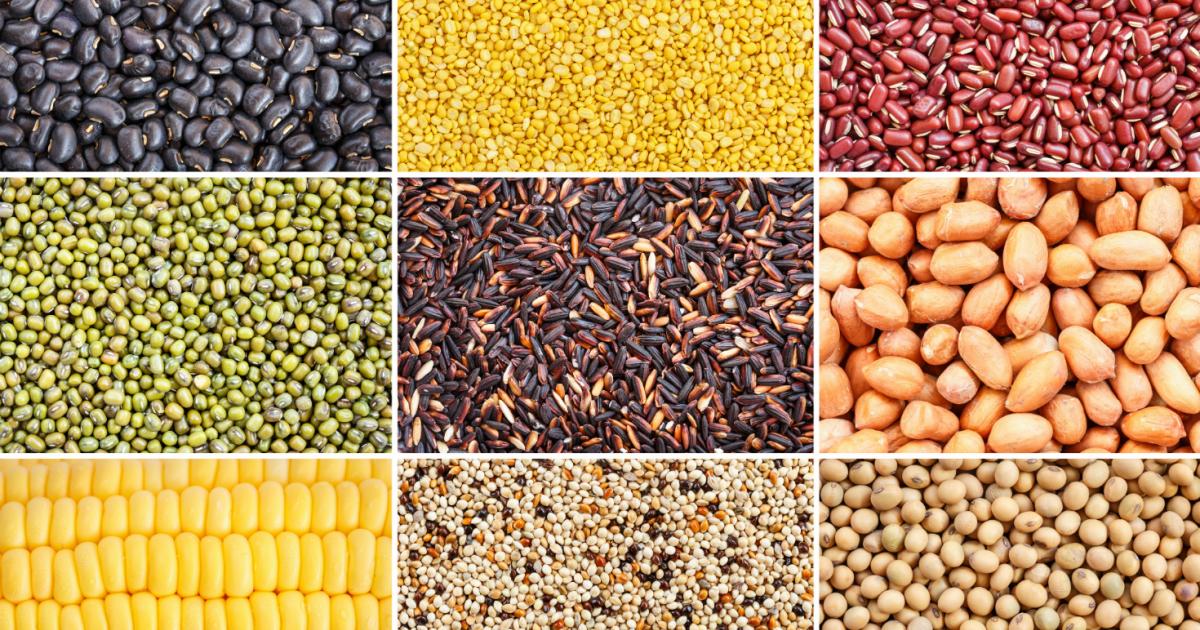

Garden Essentials
What Do Seeds Do
Modified: March 16, 2024
Discover the role of garden seeds in plant growth and cultivation. Learn how seeds contribute to establishing thriving gardens and producing bountiful harvests.
(Many of the links in this article redirect to a specific reviewed product. Your purchase of these products through affiliate links helps to generate commission for Storables.com, at no extra cost. Learn more)
Introduction
Welcome to the fascinating world of seeds! If you’re a gardening enthusiast or simply enjoy being in nature, you’ve probably encountered seeds in various forms. Seeds are not only essential for the growth and survival of plants, but they also play a crucial role in the ecosystem.
Seeds are remarkable in their ability to hold the key to life. Inside each tiny package lies the potential for new growth, from towering trees to delicate flowers. They are nature’s masterpieces, designed to ensure the continuity of plant species.
In this article, we will delve into the importance of seeds, their structure, the process of germination, strategies for seed dispersal, the concept of seed dormancy, seed adaptations, and the concept of seed banks. By understanding the remarkable functions and characteristics of seeds, you will gain a deeper appreciation for the intricate workings of the natural world.
So, let’s dig in and explore the amazing world of seeds!
Key Takeaways:
- Seeds are essential for plant survival, food production, and ecosystem balance. They have unique structures, germination processes, and dispersal methods that contribute to the diversity and resilience of plant life.
- Seed banks are like treasure vaults for plant genetic diversity. They safeguard rare and endangered species, support research and education, and serve as backups for valuable plant resources in case of emergencies.
Read more: What Do Sesame Seeds Do
Importance of Seeds
Seeds are not just a means for plants to reproduce; they are vital for the survival of plant species and play a crucial role in the functioning of ecosystems. Here are some key reasons why seeds are so important:
- Plant Propagation: Seeds are the primary way plants reproduce, allowing them to produce offspring and continue their species. From the tiniest wildflowers to towering trees, seeds ensure the survival and diversity of plant life.
- Food Source: Seeds have been a staple food source for humans and animals for thousands of years. Many agricultural crops, such as grains, fruits, and vegetables, are cultivated for their seeds, providing essential nutrients and sustenance.
- Ecological Roles: Seeds play a crucial role in maintaining the delicate balance of ecosystems. They provide food for animals, aiding in their survival and contributing to the overall biodiversity of an area. Seeds also serve as the starting point for new plant growth, ensuring the continuation of plant communities in different habitats.
- Environmental Restoration: Seeds are instrumental in restoring damaged or depleted ecosystems. Through initiatives such as reforestation or the reintroduction of native plant species, seeds help to revitalize habitats, combat erosion, and promote biodiversity.
- Economic Significance: The economic value of seeds cannot be overlooked. Many industries, such as agriculture, horticulture, and landscaping, heavily rely on seeds for crop production, gardens, and ornamental plants. Seeds form the backbone of these industries, generating income and employment opportunities.
- Genetic Diversity: Seeds contain the genetic information of a plant. Their variation contributes to the overall genetic diversity of a plant species. This genetic diversity is essential for plant adaptation, resistance to pests and diseases, and the overall resilience of ecosystems.
Seeds are not only essential for plants but also for the well-being of humans and the natural world. Their significance goes beyond their physical presence; they are the foundation of life, connecting plants, animals, and the environment in a complex web of interdependence.
Seed Structure
Despite their small size, seeds are incredibly complex structures with several distinct parts. Understanding the different components of a seed can provide insights into their functions and how they contribute to plant development. Let’s explore the key parts of a seed:
- Seed Coat: The seed coat, also known as the seed’s outer covering, acts as a protective layer. It shields the seed from physical damage, pathogens, and harsh environmental conditions such as drought or extreme temperatures. The seed coat may have various textures, colors, and thicknesses, depending on the plant species.
- Embryo: The embryo is the miniature plant contained within the seed. It consists of three main parts: the embryonic root (radicle), embryonic shoot (plumule), and one or two seed leaves (cotyledons). The embryo holds the genetic information necessary for the development of a new plant.
- Endosperm: Some seeds contain endosperm, a starchy or oily tissue that surrounds and nourishes the embryo. It provides a source of energy and nutrients for the developing plant until it can establish its own root system and leaves. Endosperm is commonly found in monocot seeds, such as corn and wheat.
- Cotyledons: Cotyledons, often referred to as seed leaves, are the first leaves to emerge from the seed during germination. They are responsible for absorbing nutrients stored in the endosperm or surrounding tissue and providing them to the growing embryo. Cotyledons can vary in shape, size, and color.
- Location of Stored Food: In some seeds, the stored food is not found in the endosperm but in the cotyledons themselves. These seeds, known as dicots, typically have two cotyledons and store nutrients such as oils, proteins, or starches within their thickened structure. Examples include beans, peas, and sunflower seeds.
- Hilum: The hilum is the scar on the seed coat where it was attached to the plant’s ovary. It serves as the site for nutrient and water absorption during germination.
The intricate structure of a seed demonstrates how it is perfectly designed to protect the embryo, provide necessary nutrients, and ensure the successful germination and growth of a new plant. Each part has a specific role in the overall function and development of the seed.
Germination Process
Germination is the process by which a seed transforms into a young plant. It is a remarkable journey that requires specific environmental conditions and the activation of the seed’s internal mechanisms. Let’s explore the stages of the germination process:
- Imbibition: The first step in germination is the absorption of water by the seed. Water softens the seed coat and activates enzymes that initiate metabolic processes within the seed. This process, known as imbibition, often leads to the swelling and rehydration of the seed.
- Activation of Metabolic Processes: As the seed imbibes water, enzymes become active and metabolic processes resume. Stored nutrients, such as carbohydrates, proteins, and lipids, are broken down to provide energy for growth and development. This stage is crucial for the emergence of the embryo and the initiation of root and shoot growth.
- Radicle and Root Growth: Once activated, the radicle, which is the embryonic root, elongates and emerges from the seed. It anchors the young plant into the soil and absorbs water and nutrients from the surrounding environment. Root growth allows for water uptake and establishes a strong foundation for the growing plant.
- Shoot Growth: Simultaneously, as the root grows, the shoot begins to emerge from the seed. The shoot consists of the plumule, which develops into the future stem, and the cotyledons or seed leaves. The cotyledons may remain below ground or emerge above the soil surface, depending on the plant species.
- Leaf Expansion: Once the shoot emerges, the cotyledons unfold, exposing the young leaves. These leaves begin to absorb sunlight and photosynthesize, producing energy for further growth of the plant. The formation of true leaves signifies the transition from seedling to a juvenile plant.
- Establishment and Growth: With the root and shoot functioning, the young plant establishes itself in the soil and continues to grow. It develops additional roots, stems, and leaves, allowing for greater photosynthesis, nutrient uptake, and overall plant development.
The germination process is influenced by factors such as temperature, moisture, light, and oxygen availability. Different plant species have specific requirements for optimum germination. Some seeds may germinate quickly, while others may require a period of dormancy or specific environmental cues to initiate germination.
Understanding the stages of germination can assist gardeners and growers in providing the ideal conditions for successful seedling establishment and plant growth.
Seed Dispersal
Seed dispersal is a crucial mechanism that allows plants to spread their offspring over a wide area, ensuring their survival, genetic diversity, and colonization of new habitats. Without effective dispersal, seeds would remain clustered around the parent plant, limiting their ability to germinate and grow. Let’s explore some common methods of seed dispersal:
- Wind Dispersal: Many plant species have evolved adaptations for wind dispersal. These seeds are usually lightweight, with structures like wings, hairs, or parachutes that enable them to be carried by even the slightest breeze. The wind can transport these seeds long distances, aiding in their dispersal across diverse landscapes.
- Animal Dispersal: Animals play a crucial role in seed dispersal, often unintentionally. Some seeds have adaptations to be consumed by animals, such as fruits with fleshy pulp or seeds with hooks or spines that attach to fur or feathers. The seeds pass through the digestive tract, and when the animals defecate, the seeds are deposited in different locations, promoting their dispersal.
- Water Dispersal: Water is a potent carrier for seeds, particularly for plants that grow in or near water bodies. Seeds that can float or survive in moist environments can be dispersed by rivers, streams, or ocean currents. These seeds can be transported long distances before eventually finding a suitable location for germination.
- Explosive Dispersal: Some plants have evolved mechanisms for explosive seed dispersal. These plants have fruits or seed pods that, when ripe, burst open with force, propelling the seeds away from the parent plant. This dispersal method helps the seeds to land in a broader area, reducing competition with neighboring plants.
- Gravity Dispersal: Not all seeds rely on external agents for dispersal. Some plants have heavy seeds that fall directly beneath the parent plant due to gravity. This method is commonly seen in large trees or plants with relatively short dispersal distances.
The method of seed dispersal employed by a plant species is often influenced by factors such as habitat, available resources, and evolutionary adaptations. By dispersing their seeds over a broader area, plants increase their chances of survival, colonization, and genetic diversity, adapting to changing environments and maximizing their reproductive success.
Understanding the different mechanisms of seed dispersal can help us appreciate the sophisticated strategies employed by plants and their integral role in shaping diverse ecosystems.
When planting seeds, make sure to provide them with the right amount of water, sunlight, and nutrients to help them germinate and grow into healthy plants.
Read more: What Do Chia Seeds Do In Overnight Oats
Seed Dormancy
Seed dormancy is a fascinating phenomenon that refers to a period of rest or inactivity in a mature seed. During dormancy, a seed remains viable but fails to germinate even under favorable conditions. Seed dormancy allows plants to synchronize germination with appropriate environmental cues, ensuring survival and promoting successful establishment. Let’s explore some key aspects of seed dormancy:
- Types of Seed Dormancy: There are several types of seed dormancy, each with its own triggers and mechanisms. These include physical dormancy, embryonic dormancy, physiological dormancy, and imposed dormancy. Physical dormancy refers to a hard seed coat that prevents water uptake, while embryonic dormancy involves a state where the embryo is not yet developmentally ready for germination. Physiological dormancy occurs when certain physiological processes inhibit germination, and imposed dormancy is induced by external factors such as extreme temperatures or unfavorable conditions.
- Causes of Seed Dormancy: Seed dormancy can be influenced by various factors. Some seeds require a period of cold or moist stratification to break dormancy, simulating the natural conditions necessary for germination. Others may have specific requirements for fire, light exposure, or the presence of certain chemicals to initiate germination. The purpose of these dormancy mechanisms is to prevent premature germination and ensure optimal conditions for seedling establishment.
- Advantages of Seed Dormancy: Seed dormancy provides several advantages to plants. It helps to prevent germination during unfavorable seasons, such as winter or drought, when survival and growth may be compromised. Dormancy also allows for synchronized germination, ensuring that seeds germinate in environments suitable for growth and minimizing competition with neighboring plants. Additionally, seed dormancy can promote genetic diversity by dispersing seeds over different time intervals, enhancing the chances of survival in changing environments.
- Breaking Seed Dormancy: Gardeners and growers often encounter seeds with dormancy that needs to be broken to promote germination. Strategies to break seed dormancy include scarification (mechanically breaking or scratching the seed coat), stratification (providing a period of cold or moist treatment), soaking in water or specific chemicals, or exposing the seeds to light or heat. Understanding the specific requirements for breaking dormancy can help improve germination success.
- Seeds and Dormancy in the Wild: Seed dormancy plays a critical role in the survival and regeneration of plant species in natural habitats. It allows seeds to persist in the soil seed bank, waiting for favorable conditions to germinate and establish new populations. Dormancy mechanisms also provide a buffer against environmental fluctuations, ensuring the long-term survival of plants in ever-changing ecosystems.
Seed dormancy is a remarkable adaptation that allows plants to optimize their chances of survival and successful establishment. Through various dormancy mechanisms, seeds are able to time their germination to align with the most suitable environmental conditions, ensuring the continuation of plant species and maintaining genetic diversity.
Seed Adaptations
Seeds have evolved numerous adaptations that enable them to survive and thrive in various environments. These adaptations allow seeds to withstand harsh conditions, disperse effectively, and increase their chances of successful germination. Let’s explore some remarkable seed adaptations:
- Seed Coats: The seed coat serves as a protective barrier, safeguarding the delicate embryo and its nutrients from physical damage, pathogens, and environmental stresses. Some seed coats have thick, hard layers to withstand harsh conditions, while others have specialized structures like wings, hairs, or hooks that aid in dispersal.
- Dormancy Mechanisms: Seed dormancy is an adaptation that allows seeds to temporarily delay germination until optimal conditions are met. Dormancy promotes embryo growth and survival during periods of unfavorable environmental conditions, ensuring that the seeds germinate at the right time for successful establishment.
- Endosperm: Endosperm is a tissue found in certain seeds that provides nourishment to the developing embryo. It acts as a rich reservoir of carbohydrates, proteins, and oils, providing a source of energy for germination and early seedling growth until the plant can establish its own root system and photosynthesize.
- Dispersal Mechanisms: Seeds have evolved various mechanisms to disperse away from the parent plant, reducing competition and increasing opportunities for colonization. Adaptations such as wings, hairs, hooks, or fleshy fruits help seeds to be carried by wind, animals, or water, ensuring their dispersal over a wider area and enhancing the chances of finding suitable germination sites.
- Germination Cues: Some seeds have specific requirements for germination. They may need exposure to light, specific temperatures, or fluctuations in moisture levels to initiate the germination process. These adaptations ensure that seeds germinate under appropriate environmental conditions, maximizing their chances of survival and successful growth.
- Seed Size and Shape: Seeds come in a wide range of sizes and shapes, each adapted to its specific dispersal strategy or germination requirements. Large seeds may have more nutrient reserves to support seedling growth, while small seeds may disperse over greater distances. Seeds may also have specialized shapes that aid in attachment to animals or facilitate wind dispersal.
These seed adaptations highlight the incredible diversity and resilience of plants. Through their adaptability, seeds are able to survive in diverse habitats, disperse efficiently, and ensure the successful establishment of new plant populations.
The study of seed adaptations not only provides insights into the fascinating world of plants but also serves as a reminder of the remarkable strategies organisms employ to survive and thrive in the natural world.
Seed Banks
Seed banks, also known as seed vaults or gene banks, are crucial institutions dedicated to the preservation and conservation of plant genetic diversity. These repositories store seeds from various plant species to safeguard their genetic material for future generations. Let’s explore the importance and functions of seed banks:
- Preservation of Genetic Diversity: Seed banks play a vital role in preserving the genetic diversity of plants. Through the collection and storage of seeds from different plant species, seed banks ensure that the unique traits and adaptations of plants are safeguarded. This diversity is essential for the resilience and adaptability of plant populations in the face of changing environmental conditions, pests, diseases, and other challenges.
- Conservation of Endangered Species: Many seed banks focus on collecting and preserving seeds from endangered or rare plant species that are at risk of extinction. By storing these seeds, seed banks provide a safety net for these species, allowing for their potential reintroduction and recovery in the future.
- Research and Education: Seed banks serve as valuable resources for scientific research, education, and plant breeding programs. Researchers can access the stored seeds to study their genetic makeup, develop improved crop varieties, and explore medicinal and ecological applications. Seed banks also provide educational opportunities to raise awareness about the importance of plant conservation and the need to protect biodiversity.
- Backup and Disaster Recovery: Seed banks act as backups for rare and valuable seed collections held by botanical gardens, agricultural centers, and research institutions. In case of natural disasters, disease outbreaks, or other emergencies, seed banks can provide replacement seeds, ensuring the preservation of important genetic resources.
- International Cooperation: Seed banks often collaborate on a national and international level to exchange and share seeds. This cooperation helps to create a global network of seed banks, promoting the conservation of plant diversity across different regions and ensuring the availability of diverse genetic resources for the benefit of future generations.
- Long-Term Storage Techniques: Seed banks employ specialized techniques for long-term seed storage, including drying, freezing, and maintaining low temperatures and humidity levels. These conditions help to maintain seed viability for many years, allowing for their long-term preservation.
One well-known example of a seed bank is the Svalbard Global Seed Vault, located in the Arctic archipelago of Svalbard, Norway. It serves as a backup facility for seed banks across the world and aims to conserve the genetic diversity of crop plants. The seed vault acts as an insurance policy, protecting valuable plant genetic resources from the effects of natural or human-induced disasters.
Seed banks are essential institutions in the conservation and sustainability of plant diversity. By safeguarding the genetic material of plants, seed banks ensure the availability of diverse, resilient, and adaptable plant resources for future generations.
Conclusion
Seeds are truly remarkable entities that hold the secret to life and the future of plants. These tiny powerhouses are not simply dormant objects; they are living organisms packed with genetic information and survival strategies. From their structure to their germination process, seed dispersal, and adaptations, seeds play a vital role in the functioning of ecosystems and the sustainability of our natural world.
Understanding the importance of seeds allows us to appreciate their impact on various aspects of our lives. Seeds provide us with food, contribute to the economy, restore ecosystems, and promote genetic diversity. They are essential not only for the survival of plants but also for the well-being of humans and the entire planet.
Through seed banks, we have the means to conserve the incredible diversity of plant species and protect their genetic material for future generations. These repositories offer a safety net against the potential loss of valuable genetic resources, ensuring the resilience and adaptability of plant populations in the face of environmental challenges.
As gardeners or nature enthusiasts, we can further explore the world of seeds by appreciating their adaptations, such as seed coats, dormancy mechanisms, and dispersal strategies. By understanding these adaptations, we can better support seed germination, establish thriving gardens, and contribute to the conservation and sustainability of plant diversity.
Seeds are not just biological wonders; they are storytellers of the natural world. Their journey from dispersal to germination and growth represents the life cycle of plants, connecting us to the intricate and interconnected web of life on Earth. By nurturing and cherishing seeds, we honor the beauty and resilience of nature and ensure a greener, more sustainable future for generations to come.
Frequently Asked Questions about What Do Seeds Do
Was this page helpful?
At Storables.com, we guarantee accurate and reliable information. Our content, validated by Expert Board Contributors, is crafted following stringent Editorial Policies. We're committed to providing you with well-researched, expert-backed insights for all your informational needs.
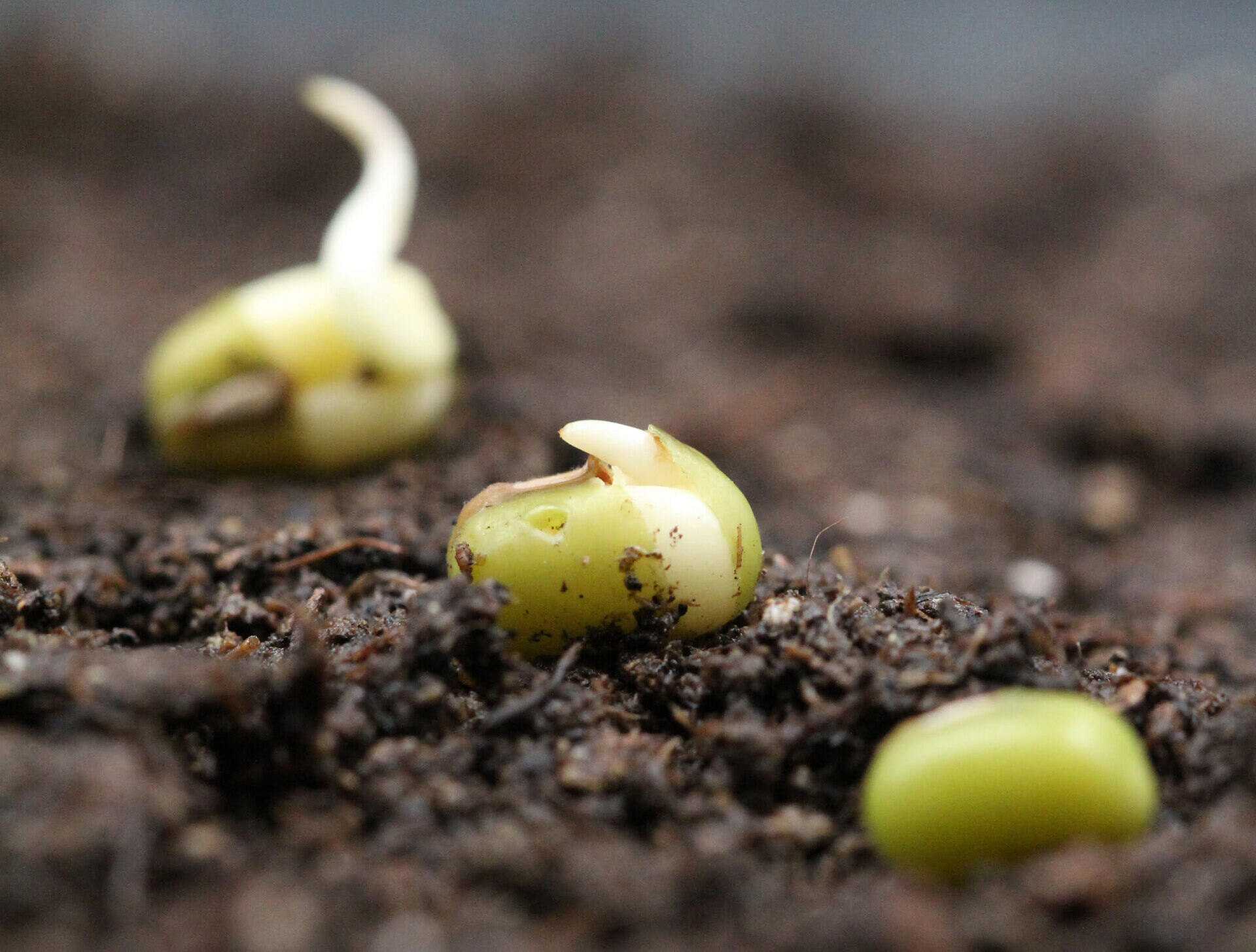
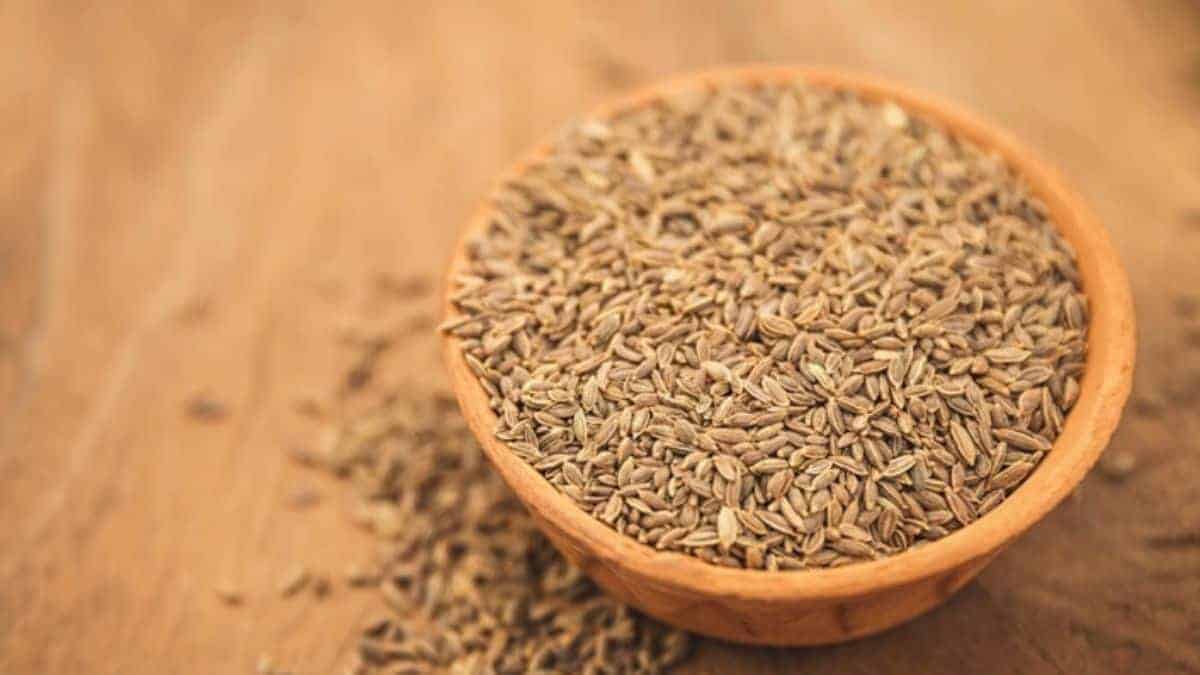
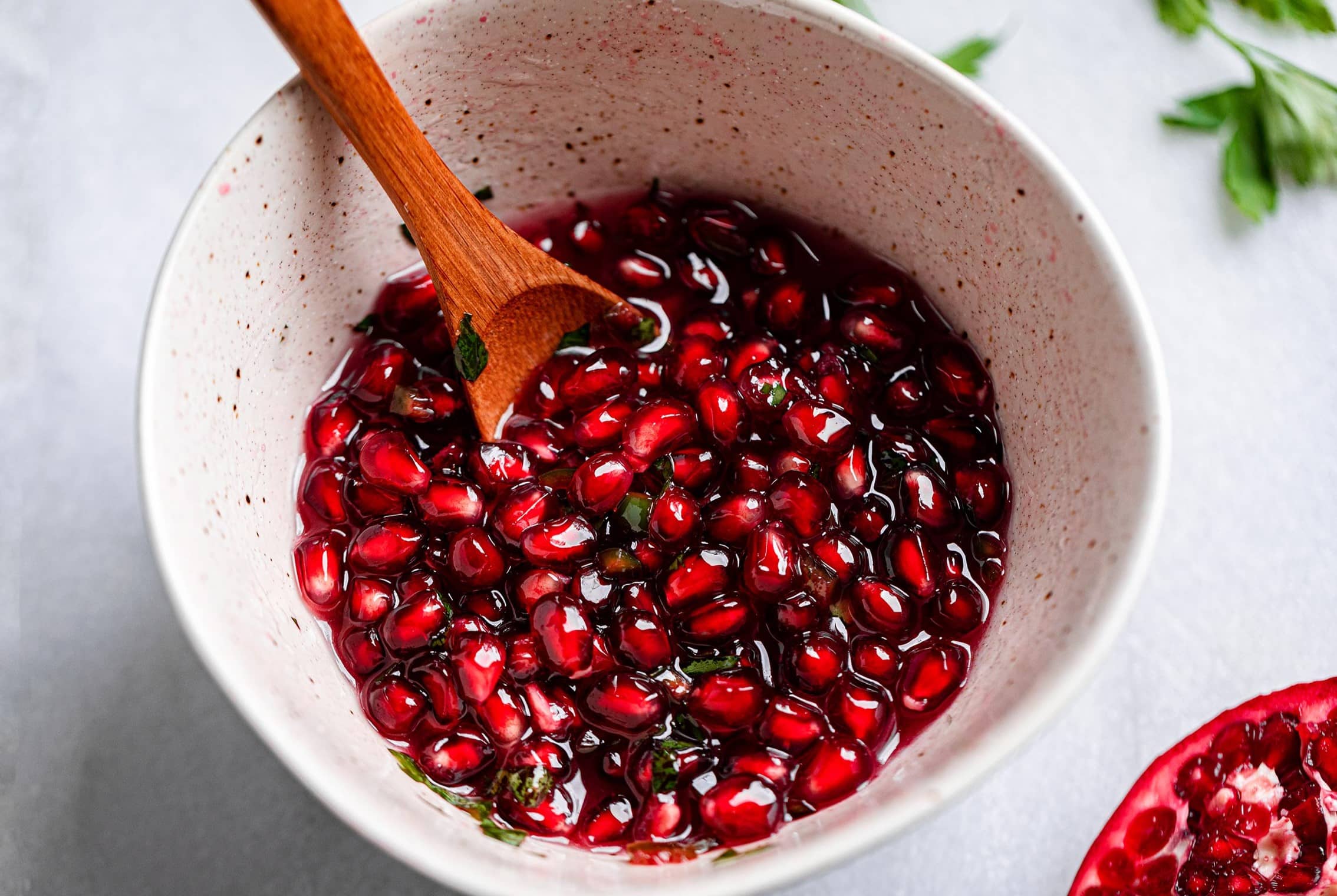
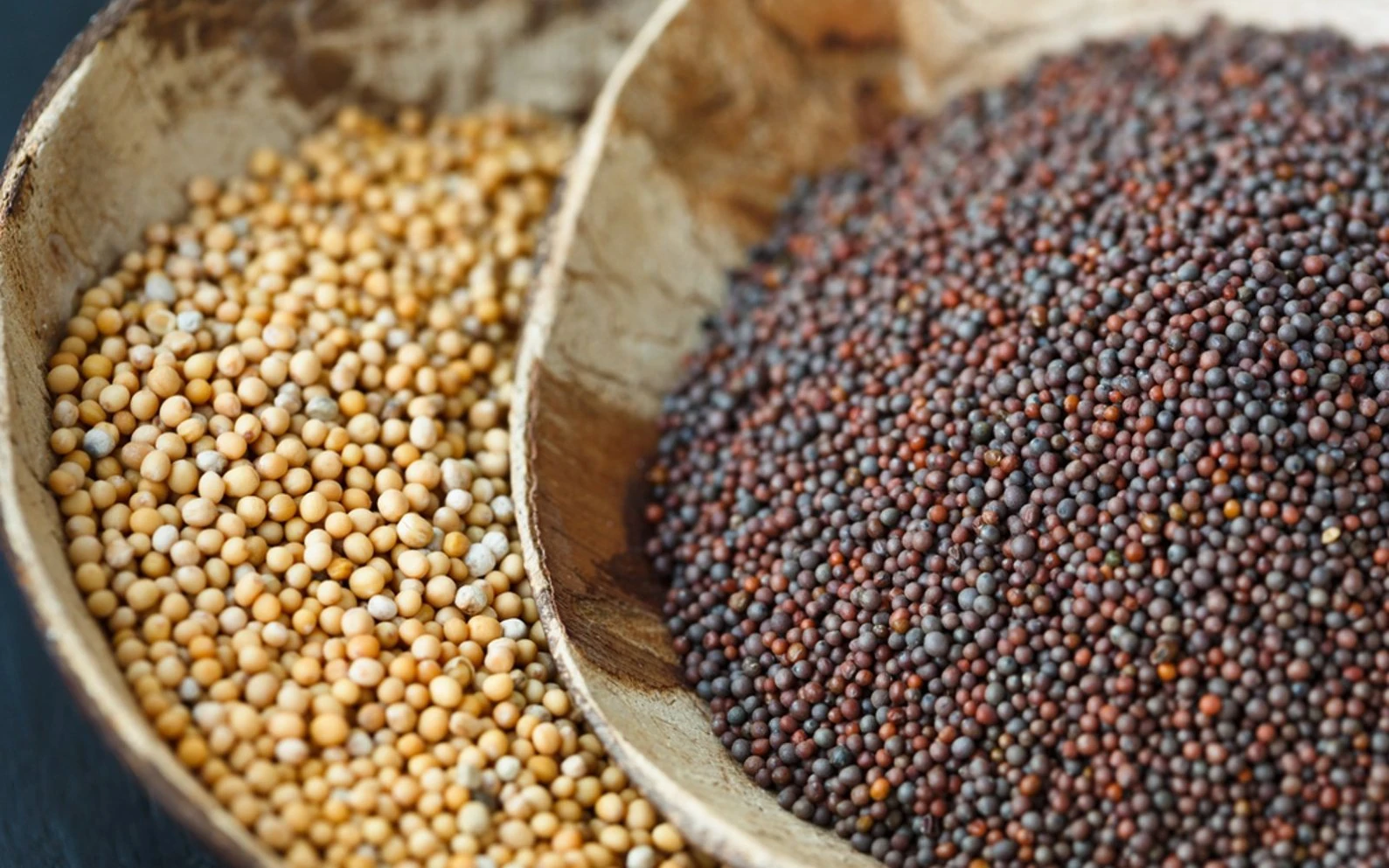
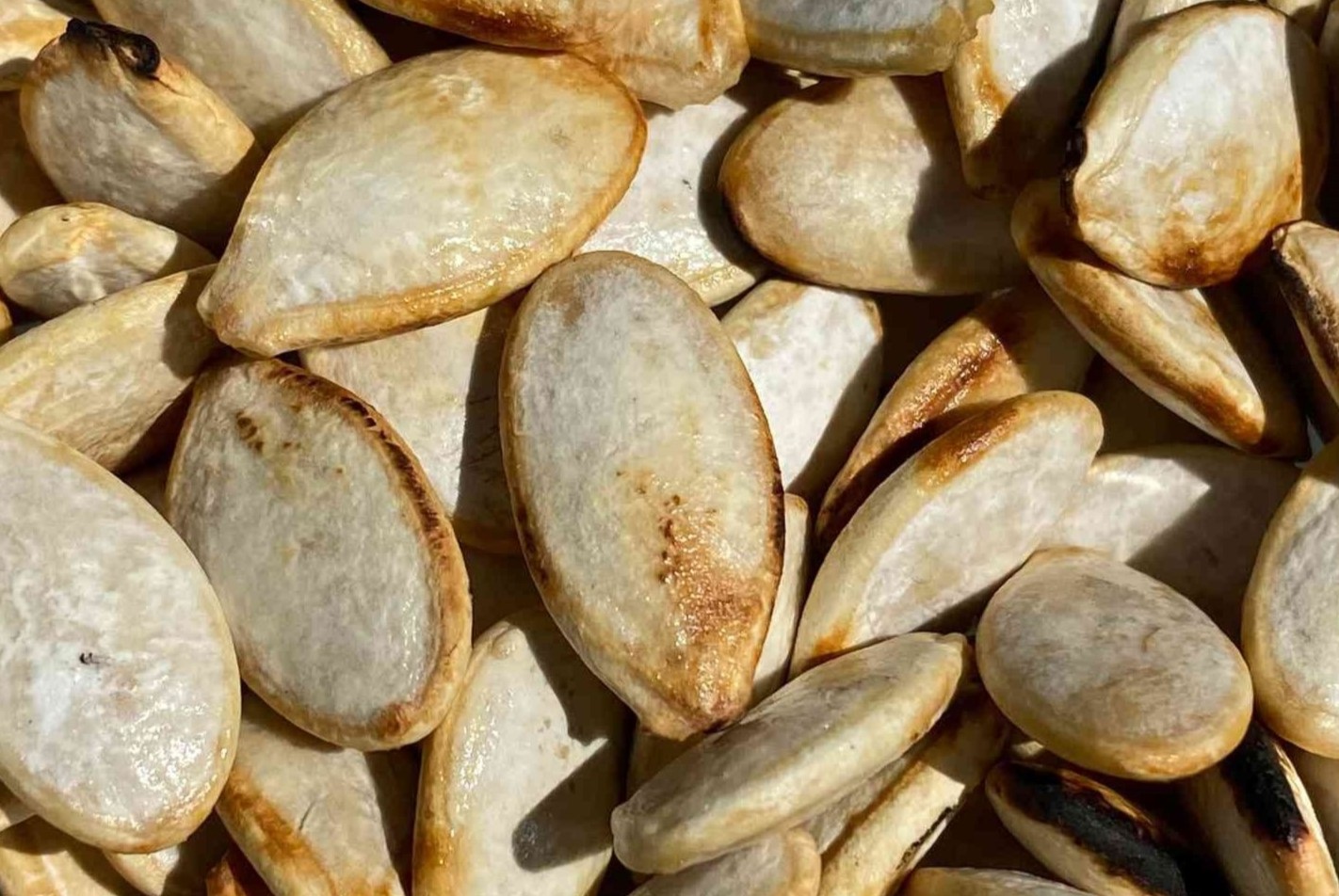
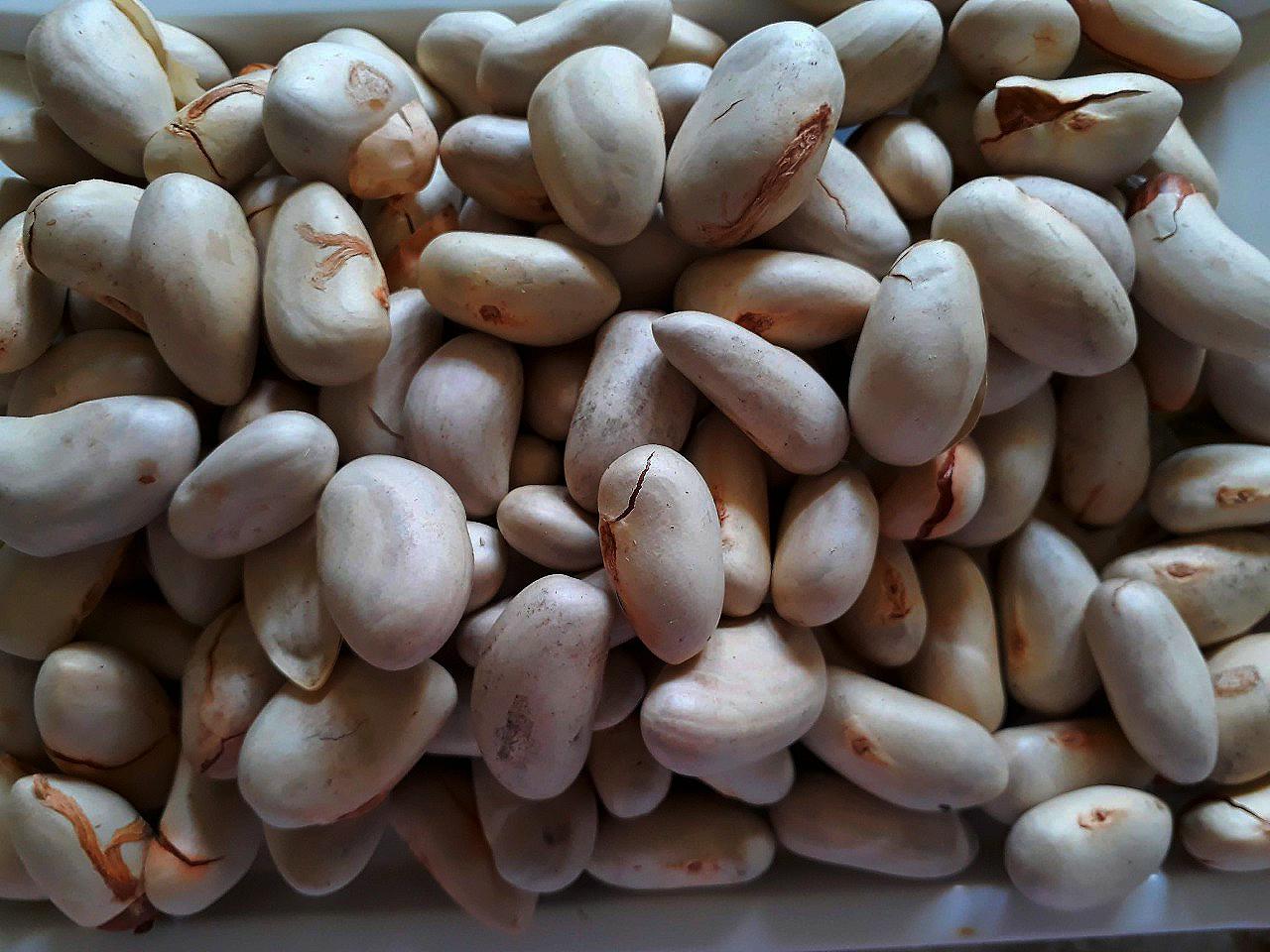
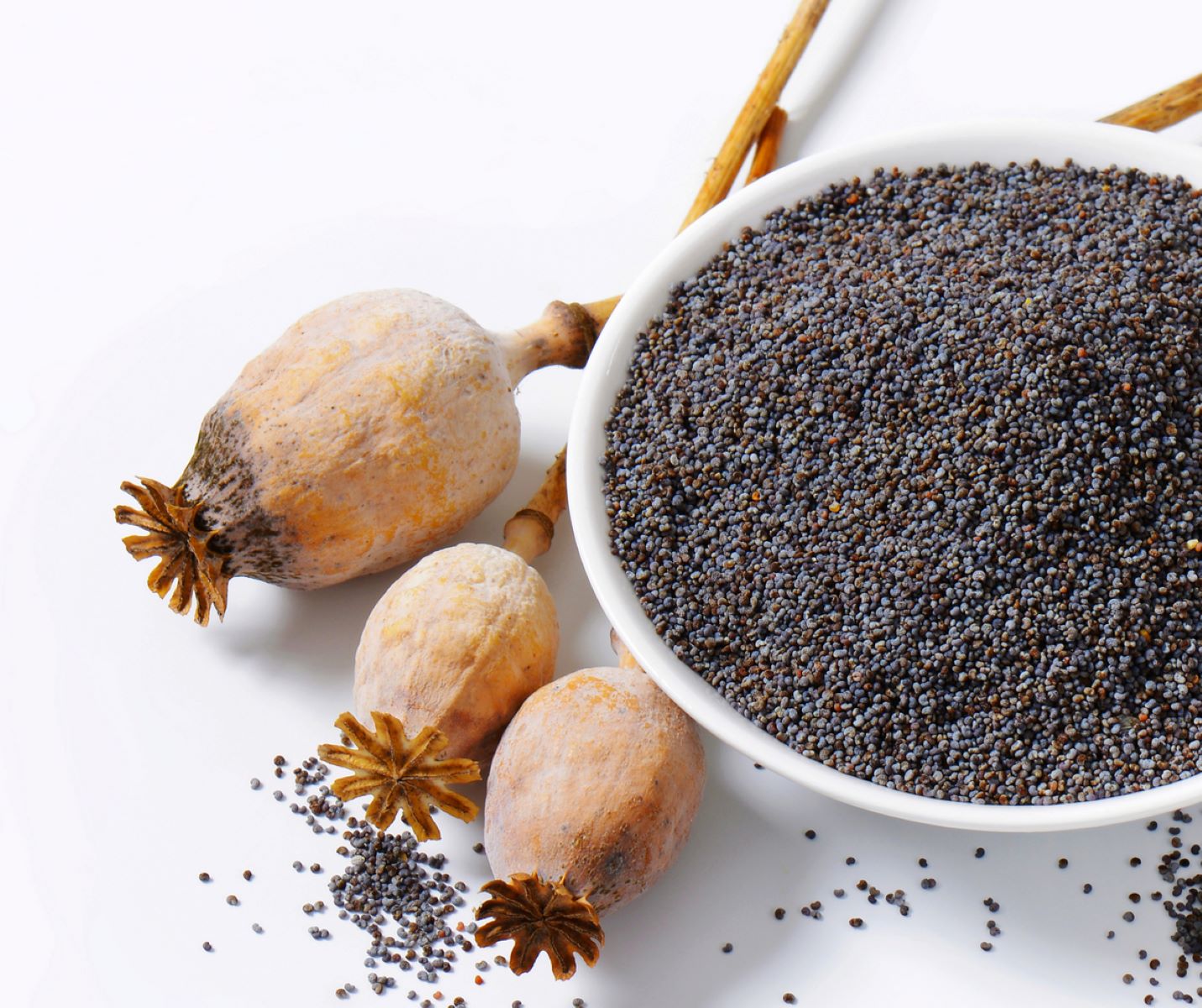
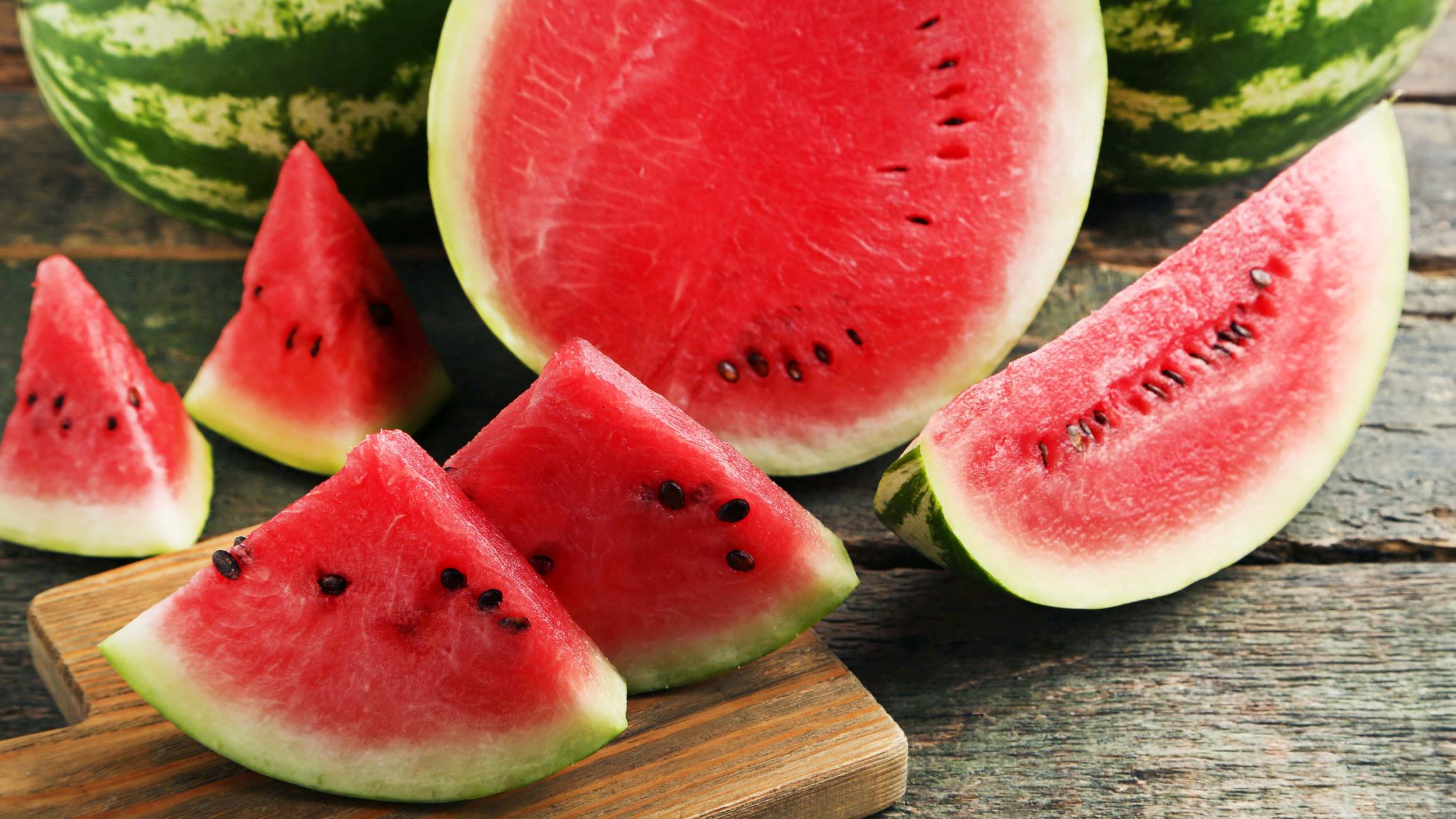
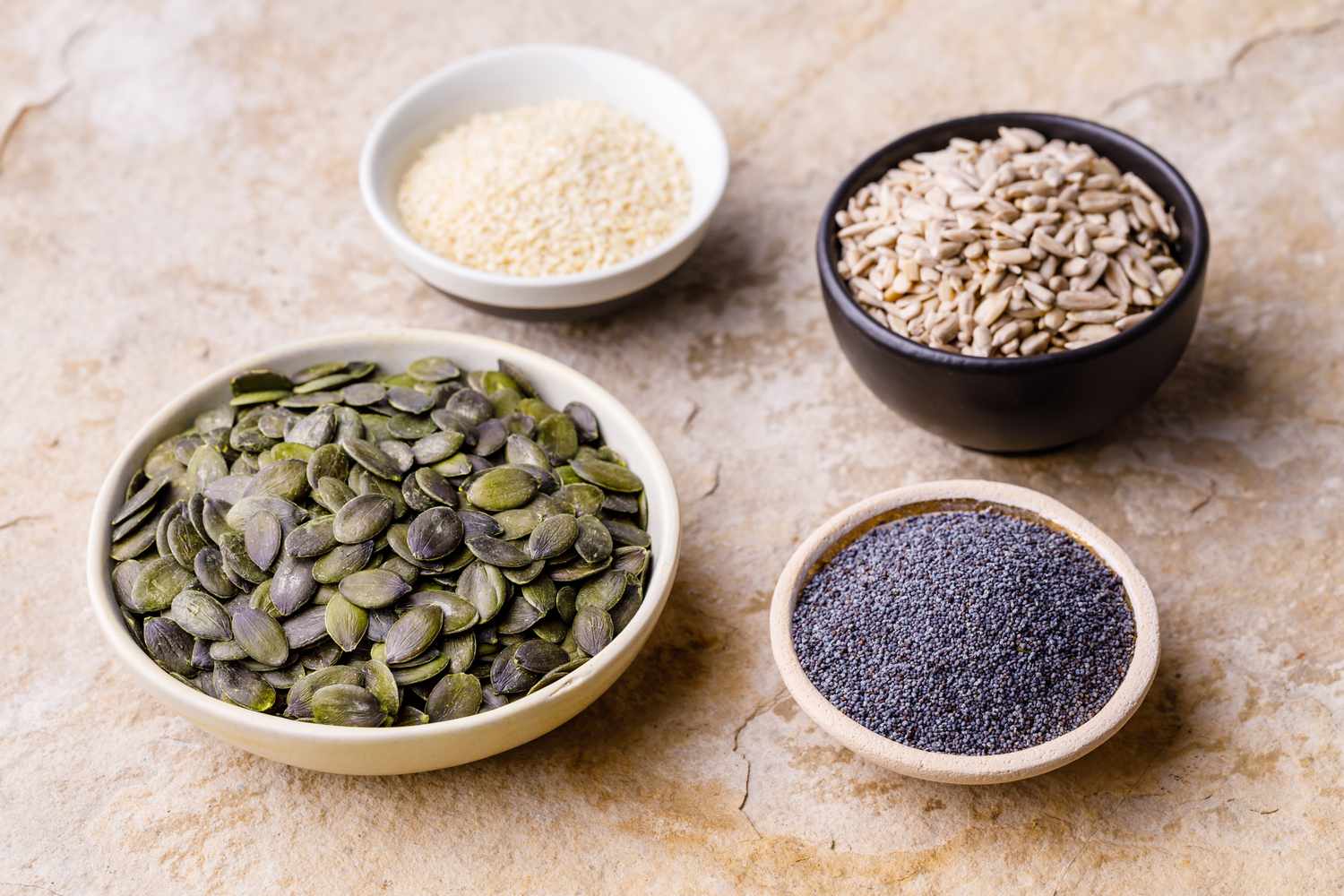
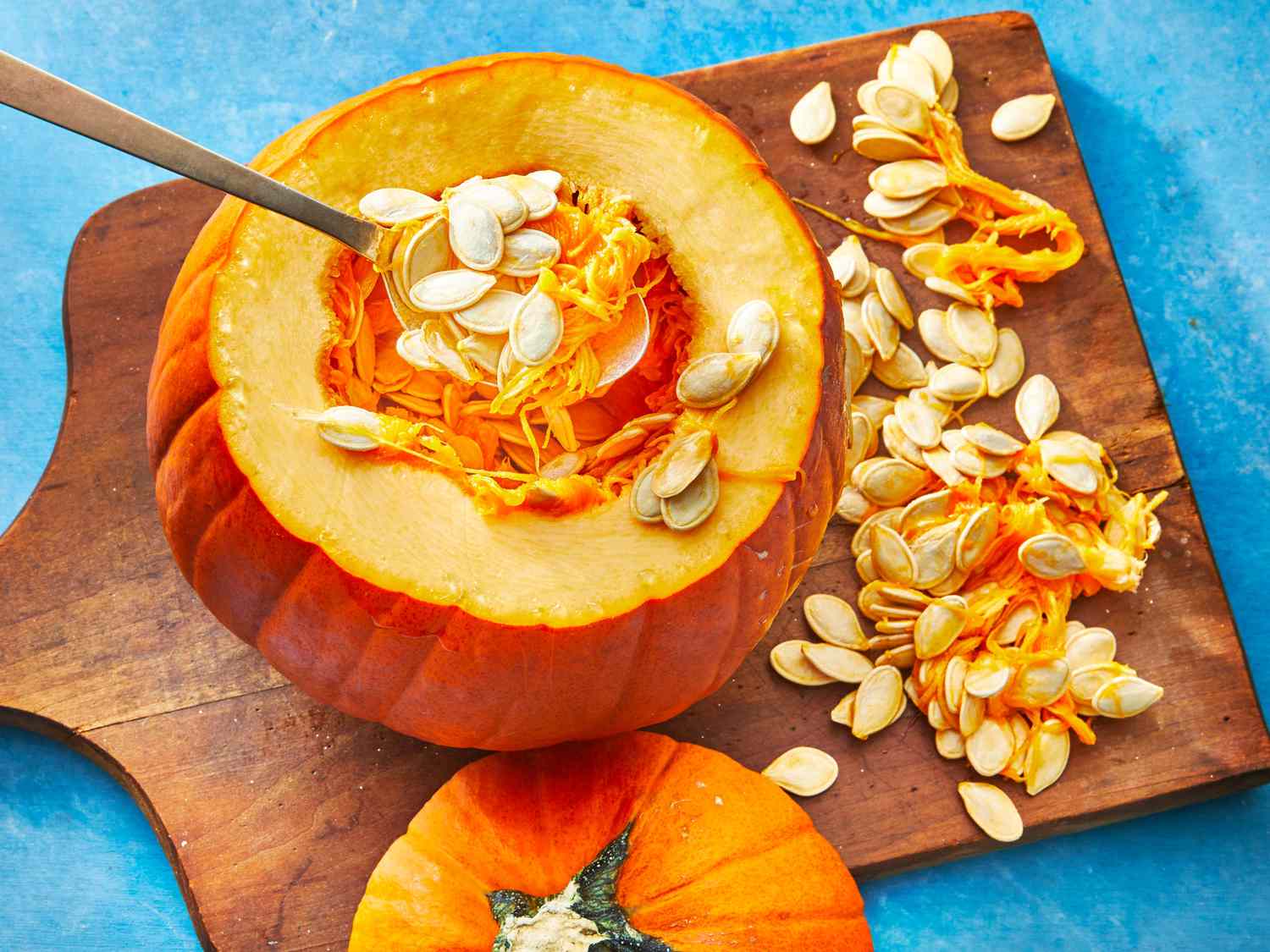
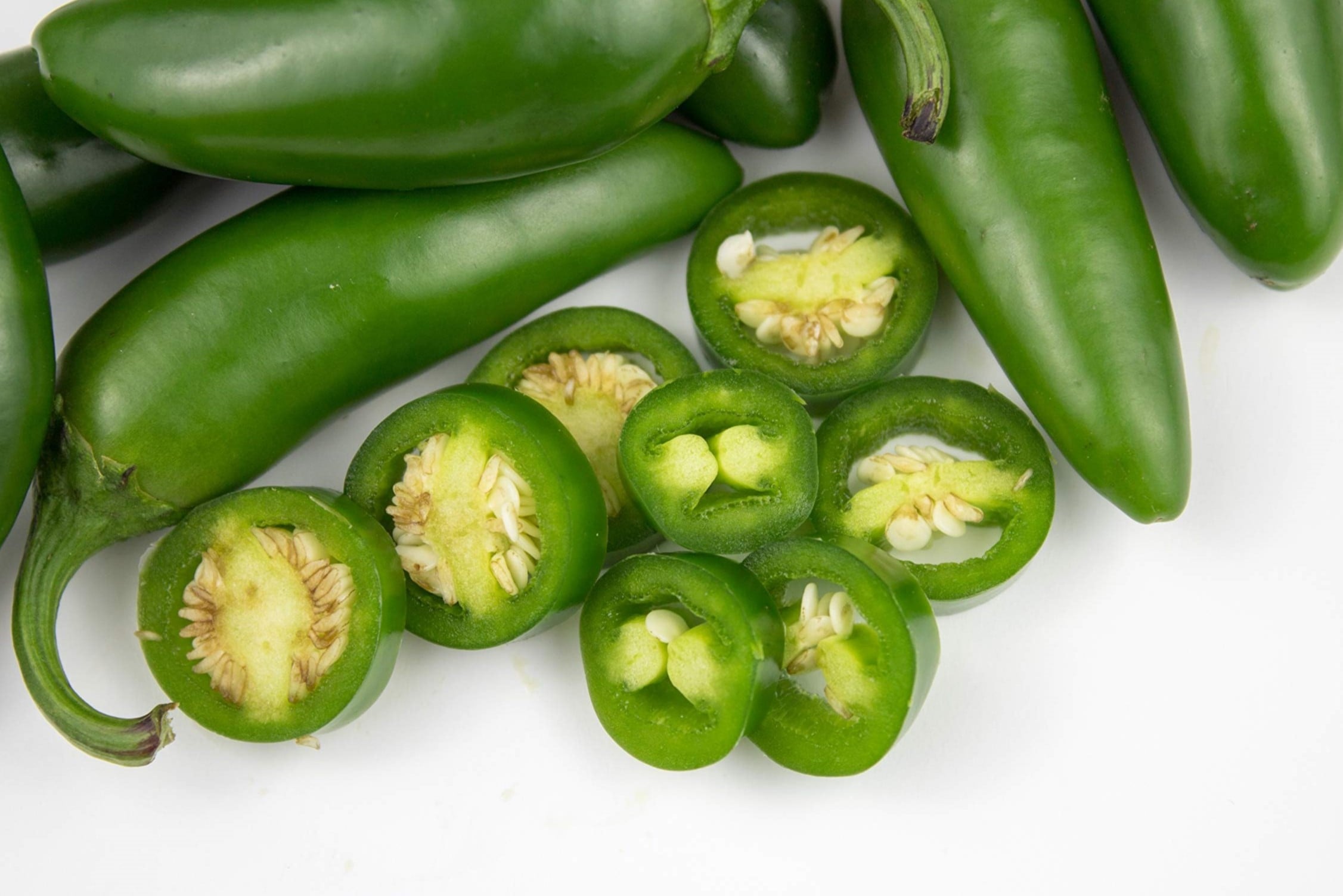
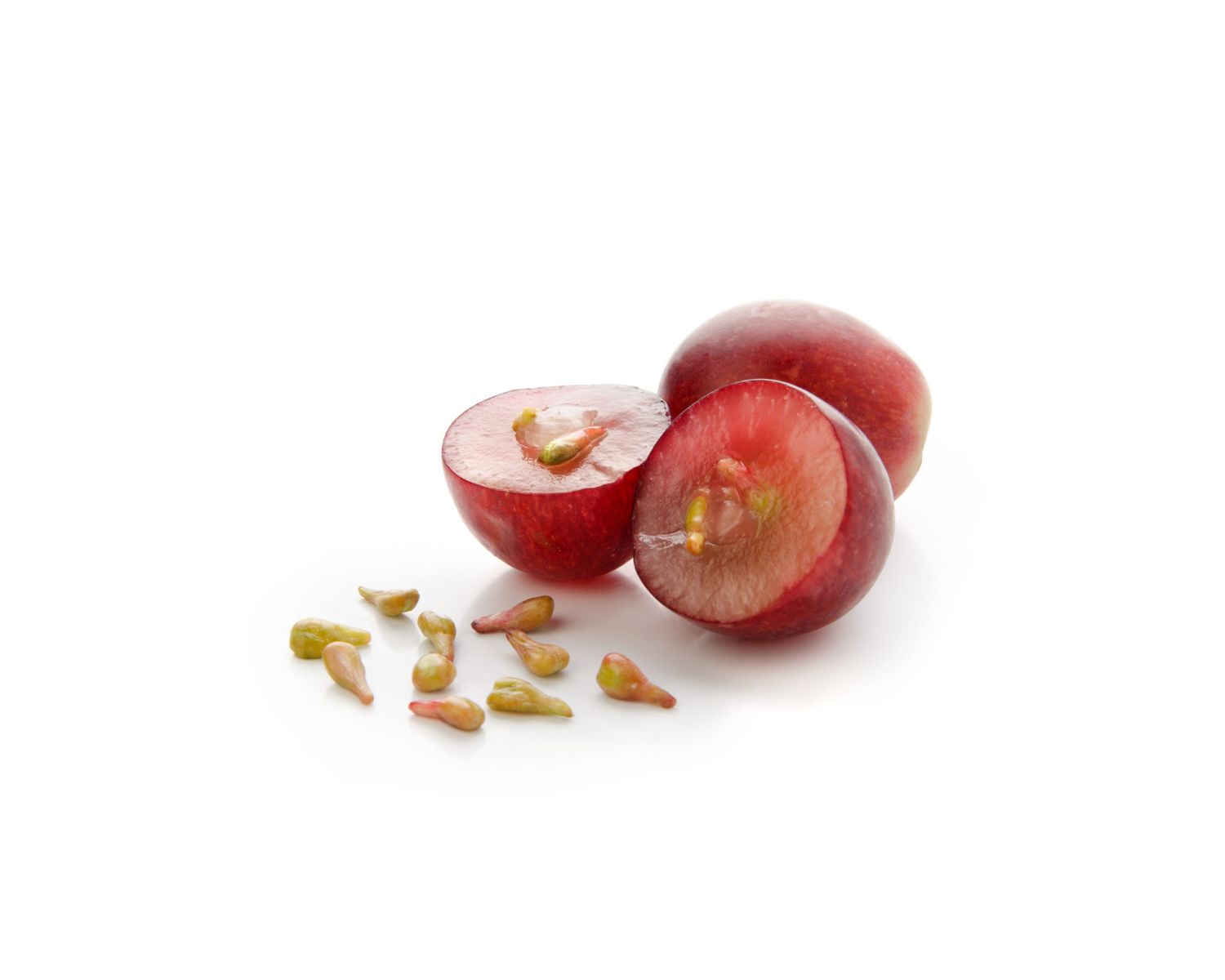
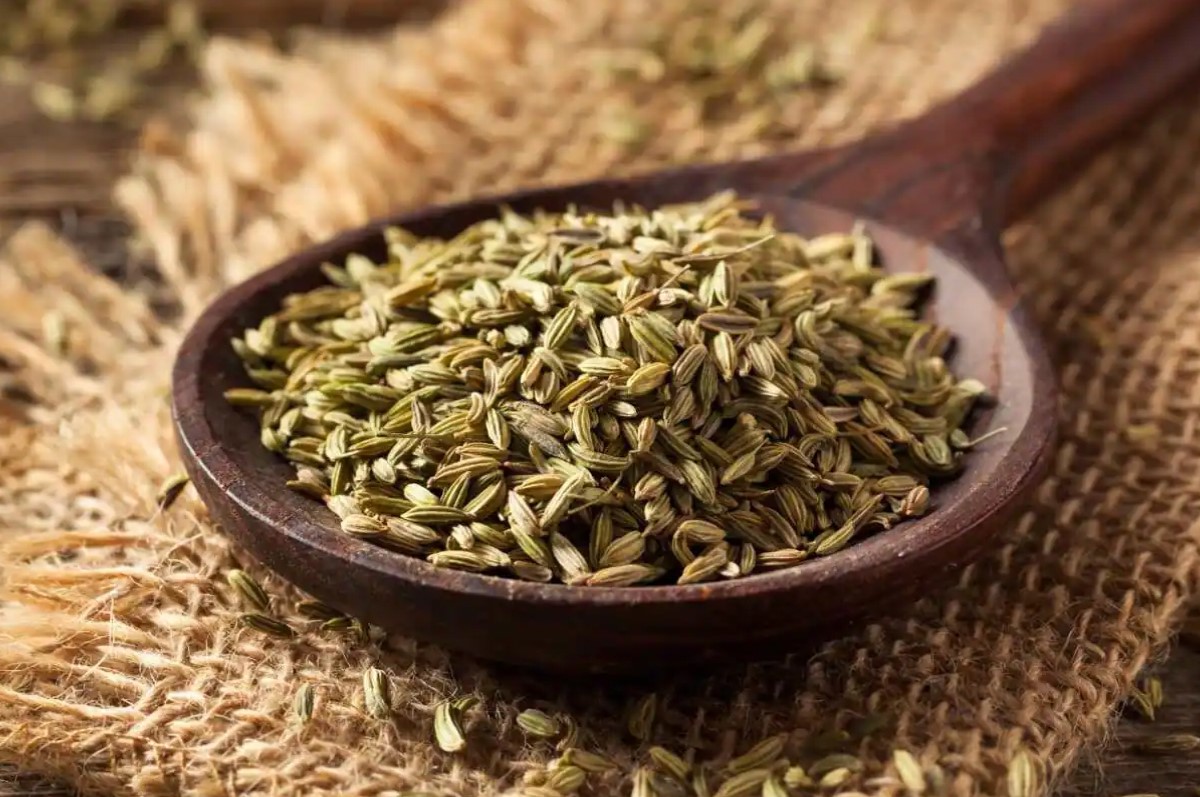


0 thoughts on “What Do Seeds Do”